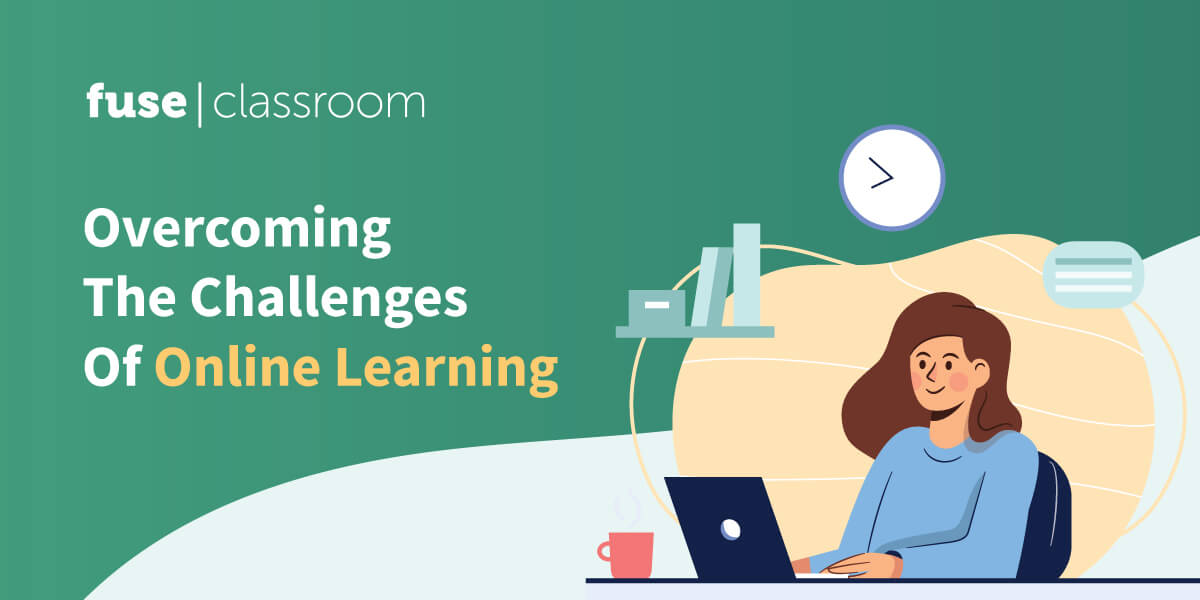The Covid-19 pandemic drastically changed the landscape of many economic sectors all across the globe. Among them, the education sector was one. Due to restrictions and safety precautions, the education sector transferred from the traditional teaching system to online learning platforms and eLearning methods. But this rather abrupt and swift transition brought about its own online learning challenges.
Status of Online Learning East vs. West
The appeal of online learning in west vs. eastern countries varies. The global market for eLearning was worth $171 billion in 2019, but Nepal’s online learning environment was not a part of that.
Online classes are common in the west, but there is little traction for them, if at all, in eastern countries such as Nepal. However, pandemic lockdowns forced many schools to adopt online learning platforms to continue classes.
Online Learning Challenges
Lack of Internet Access
“Providing online study sounds fascinating, but it is not a pragmatic idea,” says Binay Kusiyait, a Tribhuvan University professor in an interview with The Kathmandu Post. He continued, “Although it has been over a month since online teaching has started, not even one-third of my students have attended the virtual class”.
A large portion of Nepali households do not have internet access at home, and students from less-privileged communities are at a major disadvantage. Similarly, even a major portion of households in the United States don’t have high-speed broadband connectivity.
In the US, around 40% of students from low-income families had access to online lessons just once a week or less, while 83% of those from high-income households had access to online learning every day. In Nepal, a survey report by UNICEF Nepal showed that more than two-thirds of schoolchildren in Nepal are deprived of distance learning opportunities.
Solution
All households deserve internet access. However, providing internet access on such a large scale requires a lot of time, effort, resources, and money.
A solution is to provide students with offline learning materials. Offline reading can help students when there is no internet connectivity, aiding them in accessing reading materials conveniently.
The Digital Divide
A survey on online teaching-learning by the Indrawati Rural Municipality in Sindhupalchok, Nepal, found that less than 10% of students had internet access at home. According to The Kathmandu Post, dozens of Nepali households do not even have televisions, and radio is their only source of news and information. This is one of the major online learning challenges faced by less-privileged students.
Solution
Schools should strive to provide learning materials to students, especially students who have difficulty accessing these materials on their own. If they are able, schools should let students borrow digital gadgets for online classes.
Digital Literacy
Another online learning challenge is the lack of digital literacy. Even after gaining internet access and computers, students and teachers might face problems in navigating the digital tools. There are many students, as well as teachers, who might face trouble using online learning platforms.
Solution
Students and teachers can become digitally literate by practicing and mastering basic computer skills. Teachers should guide students to learn from online lessons. Similarly, educators should also choose user-friendly and intuitive online learning tools that require minimal effort from both the teachers and the students.
Passive Students
Teachers might find it difficult to hold students’ attention in virtual classrooms. This is especially true for teachers with the same online teaching routine as their traditional teaching method. Students can get distracted at home with family and chores.
Solution
Virtual learning needs to be engaging to hold students’ attention. Education institutions should leverage feature-packed digital platforms that can translate learning materials from all text to the screen. Teachers can also integrate interactive elements such as audio, video, gaming and more, to keep the students engaged. After all, learning new things is more fun with the gamification of elements than traditional lessons. Additionally, students should also make sure that they have a quiet environment at home dedicated to online learning. Family members of students should also take this into consideration and create a learning environment at home.
Lack of Teacher-Student Connections
Lack of teacher-student connections is one of the most common online learning challenges. The “impersonal” nature of virtual classes can make learning non-contemporary, and measuring the degree of student involvement in classes can be difficult. This might lead to teachers not being able to assess learning gaps.
Solution
Teachers and students need to have regular interaction. They can communicate through discussion forums and message boards. Additionally, teachers can also use video assessments to provide pointed feedback with time-stamped comments to improve feedback.
The transformation of traditional education systems into online learning is challenging but can bring about opportunities. To reap the benefits of such a transformation, the right tools are required. Fuse Classroom is one of the best digital learning platforms offering cutting-edge features. It aims to enhance the online teaching-and-learning method and provides many resources to make academic work engaging, accessible, inclusive. Want to know more about Fuse Classroom? Check out this blog: The Best Online Learning Platform: Fuse Classroom.

